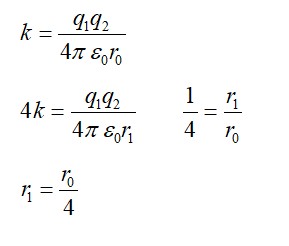Suppose we consider a large number of containers each containing initially 10000 atoms of a radioactive material with a half life of 1 year. After 1 year,
(a) All the containers will have 5000 atoms of the material
(b) All the containers will contain the same number of atoms of the material but that number will only be approximately 5000
(c) The containers will in general have different numbers of the atoms of the material but their average will be close to 5000
(d) None of the containers can have more than 5000 atoms
Suppose we consider a large number of containers each containing initially 10000 atoms of a radioactive material with a half life of 1 year. After 1 year,
(a) All the containers will have 5000 atoms of the material
(b) All the containers will contain the same number of atoms of the material but that number will only be approximately 5000
(c) The containers will in general have different numbers of the atoms of the material but their average will be close to 5000
(d) None of the containers can have more than 5000 atoms
-
1 Answer
-
This is a Multiple Choice Questions as classified in NCERT Exemplar
Answer (c)
Explanation- it is a process in which metal decays spontaneously . so during a span of 1 year it will decay almost half of its original value so it will come close to 5000.
Similar Questions for you
Q = [4 *4.0026 – 15.9994] *931.5 MeV
Q = 10.2 MeV
Taking an Exam? Selecting a College?
Get authentic answers from experts, students and alumni that you won't find anywhere else
Sign Up on ShikshaOn Shiksha, get access to
- 66k Colleges
- 1.2k Exams
- 680k Reviews
- 1800k Answers


